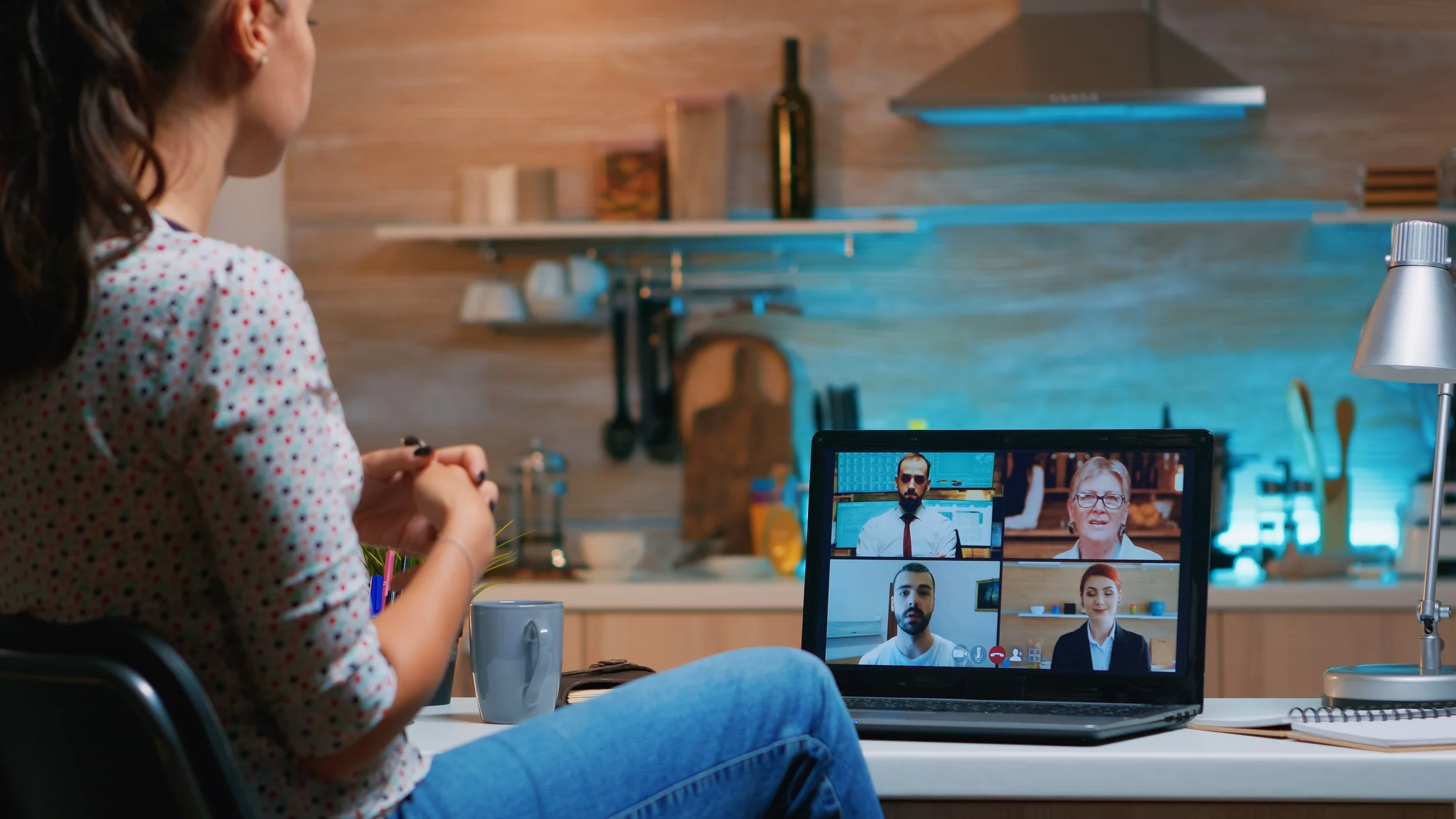Life Hacks for Mobility Challenges: Get Smart in the Home
When you’re living with a rare disease or loving someone who does, mobility challenges can be both physically and emotionally demanding. Here are some ideas for making your home smarter.

Image by freepik
Smart home devices aren’t just for the tech-savvy. Smart homes can offer plenty of benefits for those with mobility challenges – including making life easier and safer.
There are many voice-controlled gadgets, appliances, and home operating systems that can be managed through a smartphone or smart device. And, while they may still be somewhat expensive, they have come down significantly in cost.
Where to get smart in the home? Here are seven ideas:
In addition to providing enhanced security, smart security systems can give you the ability to grant access to your home (for a friend, family, nurse, or aid) without having to physically answer the door.
Video doorbells allow you to not only see who’s at the door, but it can also enable two-way communication. That way, you can tell the pizza delivery man where to leave the pizza without needing to get to the front door in a rush.
If you’ve ever burnt something on the stove, you’ve probably set off the fire alarm. Smart alarms let you cook in peace because they can detect the difference between cooking fumes, hot water steam, and actual fire.
And smart alarms can be interconnected throughout the home so an alert can be specific to where smoke, carbon monoxide, or pooling water has been detected.
If you are afraid of falls in the home, having voice-activated systems like Amazon’s Alexa or Google can place a phone call for you in an emergency. Some smartwatches can detect hard falls and call 911 if you don’t respond to an emergency prompt. There are special plug-in devices for the bathroom that can scan for movements, detect falls and call trusted contacts in an emergency.
Smart lighting can be controlled so that you turn lights on and off from anywhere.
Curtains and blinds can be controlled with a smart device, so you drop into bed without having to shut the blinds; or have them open by timer in the morning to help with waking up.
Robot vacuums clean floors without requiring you actually to get up and clean. Some models can turn on with a smartphone or via voice command. Some robot vacuums even map your home's layout!
A few more things to consider. While smart home technology is capable of making daily tasks more manageable, it can be challenging for the not-so-tech-savvy to set up. You can get a home consult with a company that specializes in smart home design. Just be sure any company you call is reputable and has experience designing for accessibility.
You can also do research to learn whether there are any foundations or grants available to help offset the costs of adding smart technology to your home to improve safe and accessible living.
Latest From Know Rare
Evelyn is a medical marketing writer and editor with more than 25 years of experience creating promotional and educational materials for healthcare professionals and the public. With a diverse background in pharmaceutical advertising and natural products consulting, she understands the clinical and regulatory issues surrounding drug marketing and prescribing, patient education and engagement.






























